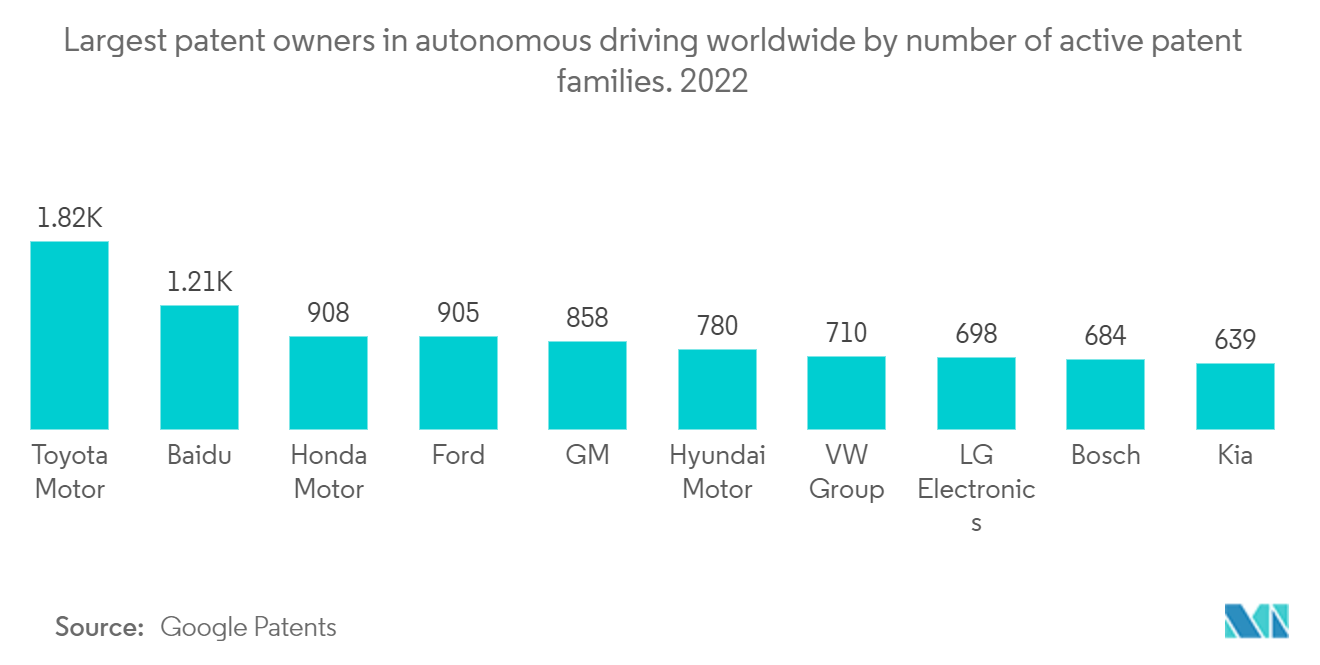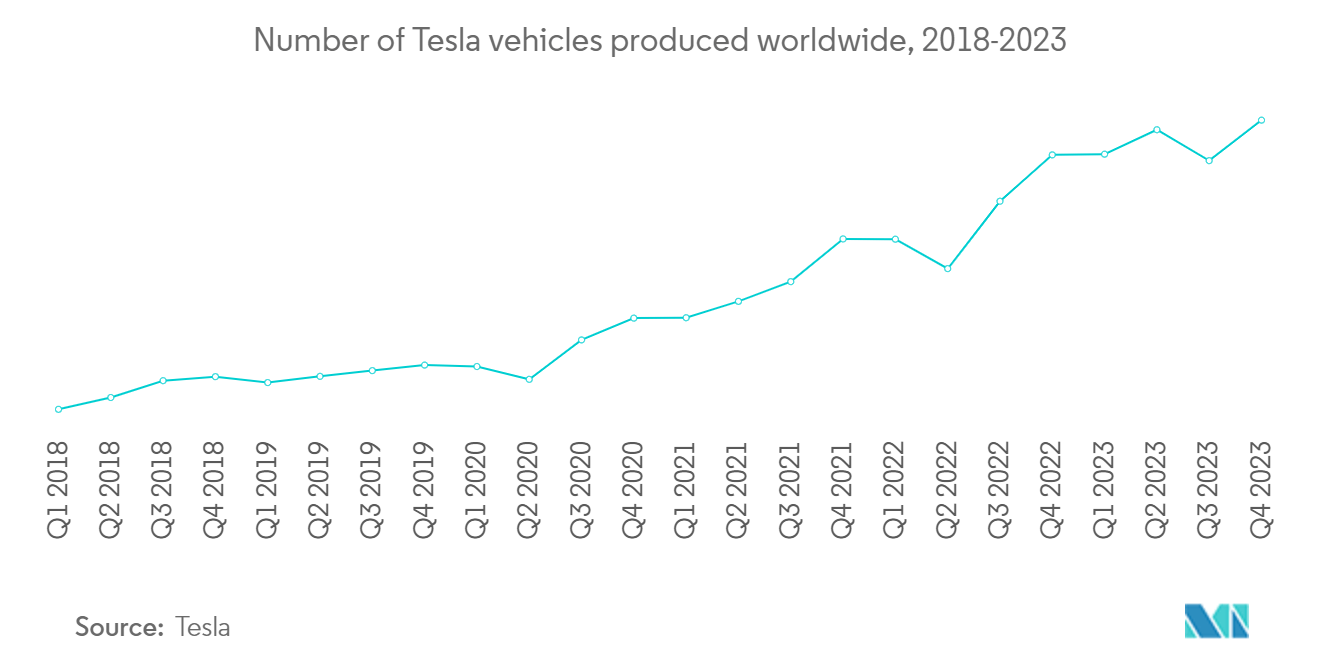Market Trends of US Autonomous Car Industry
Growing Adoption of Semi-autonomous Cars is Expected to Drive Market Demand
The US autonomous car market is expected to be dominated by semi-autonomous cars, as the need for ease in driving and the increasing concern for safety and security are boosting the demand for high-end technology.
The contributing factors to the market’s growth are the need for safe and efficient driving options, evolution in connected car technology, increasing R&D in the autonomous car industry, and government support for these cars in terms of policies and rebates.
According to the NHTSA (National Highway Traffic Safety Administration), about 94% of the accidents occurring on US roadways can be attributed to human errors, like drunken driving and speeding. These can be mitigated with an autonomous car, whose functionality may follow the speed regulations stated in particular areas. In December 2023, the US Department of Transportation announced USD 25 million in funding for research applications on rural autonomous vehicles. Accredited universities can apply for this highly competitive six-year joint partnership program.
The market is expected to grow due to the rapid digitization of connected cars, which adds to their demand. The two necessary components of vehicle autonomy (vehicle-to-vehicle and vehicle-to-infrastructure connectivity) can be more easily integrated into connected cars than conventional ones.
The OEMs’ competitive rivalry has led to significant developments in this technology that cater to the ever-increasing demand from the public. For instance, over a few months in 2021, Tesla released a Fully Self Driving (FSD) over-the-air (OTA) update to a majority of its vehicle owners, leading to the adoption of fully autonomous vehicles.
Various startups working with Level 4 cars are getting new funding to accelerate their operations. For instance,
- In January 2024, Waymo announced its plans to deploy its vehicles on the Phoenix freeway without a safety driver for the first time. The company also offers autonomous ride-hailing services within a 63-square-mile area of Los Angeles.
- Amazon's USD 1 billion venture capital fund was set to expand its investment portfolio in January 2024, focusing on last-mile technology and autonomous vehicle industries.
- To enhance testing in Las Vegas, Zoox, an Amazon subsidiary focused on self-driving cars, announced plans to hire additional employees in June 2023 despite regulatory concerns affecting the advancement of autonomous car technology.
Owing to such intense competitive rivalry and other factors involving different types of vehicle automation, the demand for fully autonomous vehicles in the United States is expected to witness significant growth during the forecast period.

Demand for Conditional Automation is Expected to Grow Over the Forecast Period
By level of automation, the US autonomous car market is dominated by conditional automation (Level 3). In Level 3 automation, the autonomous vehicle driving system performs all the dynamic driving tasks, expecting the human driver to respond appropriately to the request to intervene. The dynamic driving task includes steering, braking, accelerating, monitoring the vehicle, and responding to events happening on the road.
Self-driving cars have already been tested and used in California, Texas, Arizona, Washington, Michigan, and other states. However, their mobility is restricted to specific test areas and driving conditions. Audi was the first company to develop a Level 3 autonomous car by launching the Audi A8 in the market. However, there are a few limitations for Level 3 autonomous cars, such as constant awareness needed from the driver. Thus, this makes Level 3 automation less dependable.
Mercedes-Benz was the first automaker to implement SAE Level 3 autonomous driving in the United States in January 2023, following state laws in Nevada. By April 2024, Mercedes-Benz had sold 65 autonomous vehicles in California. The Drive Pilot system, featuring Level 3 autonomy, is available in the S-Class and EQS Sedans. Additionally, in January 2024, Mercedes-Benz received permission to use specific external lights for automated driving in Nevada and California.
Consequently, several automotive manufacturers are pushing directly for Level 3 autonomous cars, and various technology companies in the country are reaching new milestones in terms of total miles tested. Such developments across the United States are expected to drive demand in the market.


